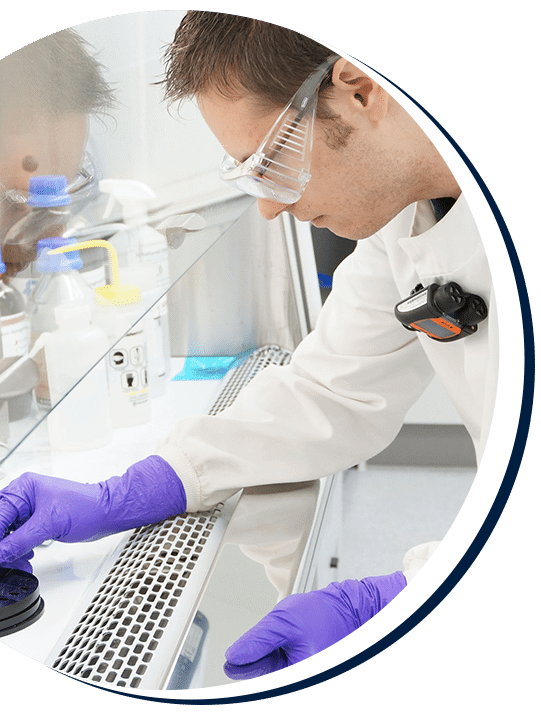
NOC use personal detectors to reduce risk of exposure to chemicals used in a fume cabinets
Leading oceanographic research facility chooses ION Science Cub personal PID detectors to reduce risk of exposure to chemicals used in a fume containment cabinet.

Client name
National Oceanography Centre (NOC)
Product
Cub personal VOC detector
Industry/Application
University and Laboratory
Southampton’s National Oceanography Centre (NOC) is one of the leading oceanographic research centres in the world. It is operated jointly between the Natural Environment Research Council and the University of Southampton and enjoys the freedom to conduct academic research while maintaining strong industry ties which enables greater reach for its work. The centre has developed highly integrated and rugged microfabricated sensors to measure parameters crucial to understanding the oceans and other waterways and their role in climate change.
National Oceanography Centre (NOC) is using two ION Science Cub personal photoionisation detectors (PIDs) in a move to reduce employees’ risk of exposure to essential chemicals used in a fume containment cabinet. The leading research facility chose the advanced instruments due to their ease of use and unobtrusive design while providing a quick response to the presence of hazardous volatile organic compounds (VOCs).
Attached to NOC employees’ lab coats, the Cubs are used once a day while chemicals are being used. The data is collected and stored for reference purposes, particularly for internal H&S audits to demonstrate that exposure is below short term and daily limits.
Gregory Slavik, Microfabrication Engineer at NOC:
“The ease of use and unobtrusiveness to the user while still providing quick response to hazards are the main reasons we chose the Cub instrument. In our opinion, this is a winning combination and made it stand out from competitor devices.”
“There are no substitutes for the potentially harmful substances used in our process so it is vital that all possible safety measures are taken to ensure employees are protected. The ION Science Cub PID personal monitors are highly sensitive to the other marker chemicals we often use to assess whether the containment in our safety cabinet is effective.”
“The Cubs provide an independent alarm to the employee if the cabinet is not functioning properly but also records a quantifiable measure of exposure to VOCs.”
“The support from ION Science has been excellent. After initial set up and once we fully understood its capabilities, we have found the Cubs to be of very high quality with flawless operation. I would not hesitate to recommend both ION Science and its products.”

National Oceanography Centre
”The Cubs provide an independent alarm to the employee if the cabinet is not functioning properly but also records a quantifiable measure of exposure to
VOCs. The support from Ion Science has been excellent. After initial set up and once we fully understood its capabilities, we have found the Cubs to be of very high quality with flawless operation. I would not hesitate to recommend both ION Science and its products.Our office has doubled in size during the past three months so we had an urgent need for an additional PID. The TigerLT was a great choice because of its competitive price point and proven reliability of the ION Science instruments we have experienced in the past.
Gregory SlavikMicrofabrication Engineer at NOC
Related Case Studies
Download your Customer Case Study
Simply complete the form below to obtain your Customer Case Study on “NOC use personal detectors to reduce risk of exposure”.





 United Kingdom
United Kingdom






